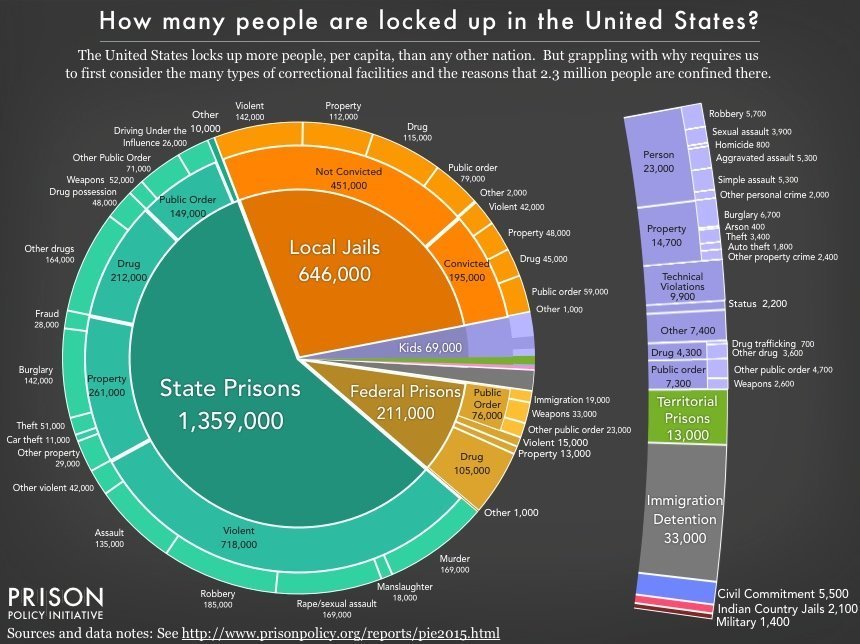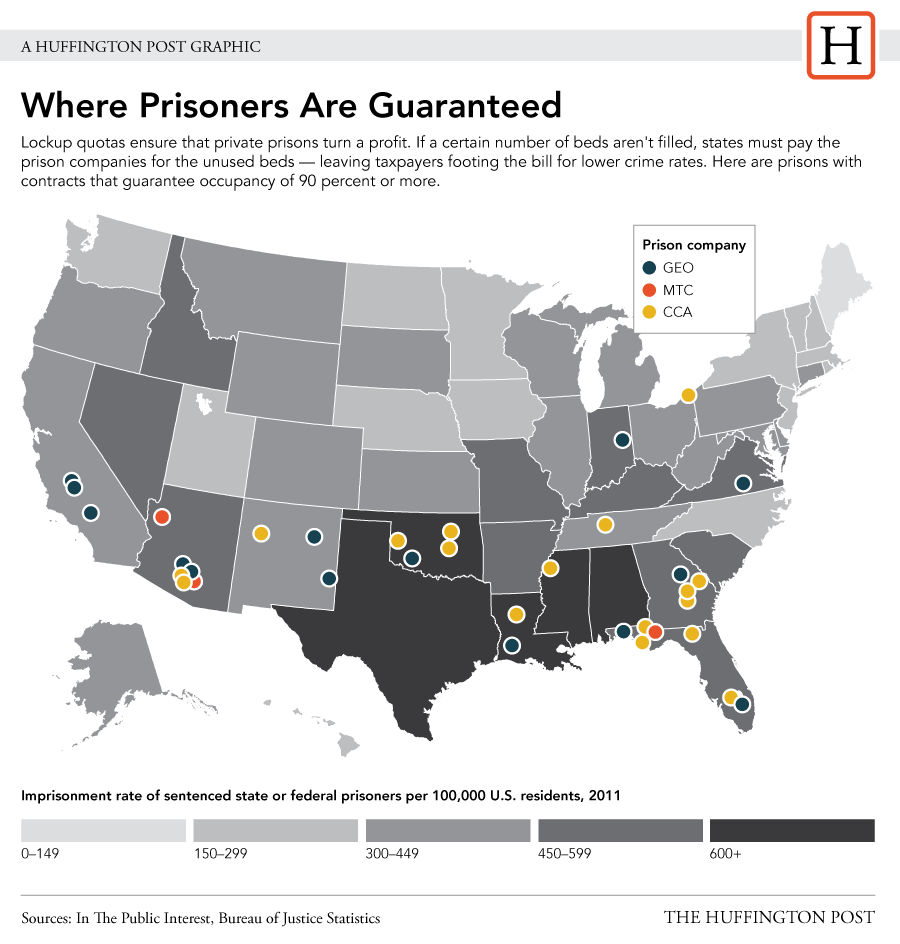
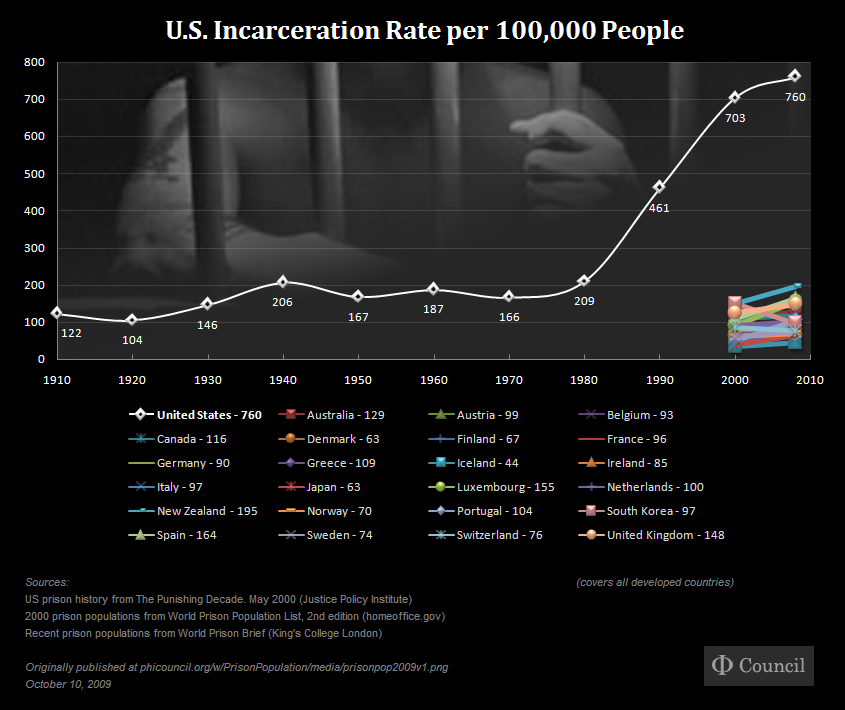


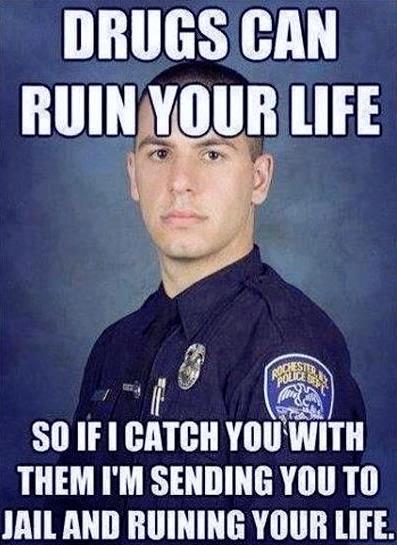


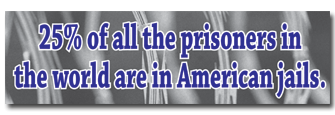
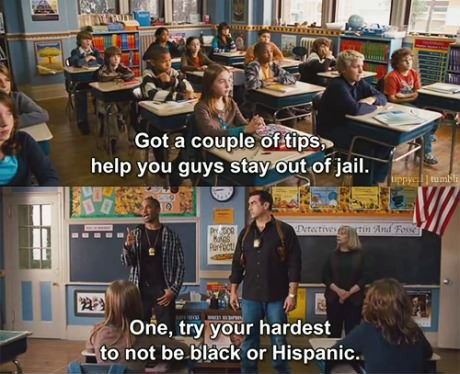
|
The American criminal justice system
holds more than 2.3 million people in
It is by far the largest carceral archipelago in the world, bar none and the U.S. judiciary is very proud of it. When they say that blacks and hispanics have the highest incarceration rates, the news media. the police, the DAs and the judges will state the blacks and hispanics commit a disproportionate amount of crime. What they don't say is that the news media, the police, the DAs and the judges are mostly lily white. In Massachusetts, blacks constitute about 6.7% of the population, however in Massachusetts prisons, blacks constitute about 32% of the population. Most people are stupid and believe the judges are not biased. The United States now imprisons more of its citizens than any other nation in the world, both per capita and in absolute terms. The numbers are staggering. The United States has only 5 percent of the world's population, yet nearly 25 percent of prisoners in the world are on American soil. We have become a nation of jailers. The American prison system has grown into a leviathan unmatched in human history. The nation with the next largest prison population, China has 1.6 million in prison - which means that the United States, a nation of 308 million, imprisons 700,000 more of its citizens than a country whose population is 1.3 billion (four times the US population). The United States also has the highest rate of inprisonment of any nation in the world, with 756 people in prison per 100,000 citizens. The next highest rates belong to Russia (629) and Rwanda (604). The rates in most of the world is far lower. The median imprisonment rate for South American countries is 154; for western Europe, 95; and for western African countries, 35. On a per capita basis, the United States is pratically in a league by itself.

As a nation, we are addicted to incarceration. It is driven by profit to the prison guard unions, and sometimes as profit to corporations that run incarceration centers. Not to mention the police, the courts and the district attorneys. Being tough on crime has been removed from the realm of the debatable. Today, it is commonplace for politicians at the federal, state and local levels to compete with another over who can advocate the most draconian punishments for ordinary Americans. Putting someone in prison for a prolonged period, even when justified, devastates not only that person's life but also the lives of their families, especially their children. Growing up with a parent in prison is itself a predictor of later criminality. In other words, the very policies America has been implementing in the name of fighting crime - ever longer and more unyielding prison sentences - play a leading role in perpetuating the cycle of crime. The judges,DAs and police are simply to stupid to understand the problem they create.

The police tell you that crime does not pay but it pays very well if you are the police, work for the courts, DA's office or as prison guards. Then crime becomes a gold mine for your retirement. This explains why people are sent to prison for absolutely petty crimes. Because the government employees make a lot of money in the criminal justice system.


The United States remains the only nation in the world known to sentence children to life without parole -- a sentence to die in prison. It costs approximately $2.5 million to send a child to prison for life without the possibility of parole. The administration should implement meaningful juvenile justice reforms that uphold the dignity and human rights of our children and ensure that no child in our nation is deemed a throwaway person. The Supreme Court ruled in Miller v. Alabama that it is unconstitutional to impose on a child a mandatory sentence of life without parole. The court stopped short of striking down all life-without-parole sentences for children
By the year 2030, there will be upward of 400,000 elderly prisoners -- nearly a third of the projected total penal population State and federal prisons spend an estimated $16 billion taxpayer dollars a year keeping elderly convicts in the clink. Nearly a quarter of that price tag - roughly $3 billion taxpayer dollars annually - is devoted to providing health care to sick or dying prisoners.
On Monday, April 2, 2012, the US Supreme Court (SCOTUS) voted 5-4 to allow anyone arrested for any reason may be strip searched. Even if your dog was not on a leash or on a false arrest.

This will provide those officers who have a hard on and still subscribe to Nazi dungeon pornography, an extra incentive to arrest more women (or men if they are gay). It seems that legal is becoming evil and we need to scale down our police departments in a hurry.
The body of federal law alone is now over 165,000 pages and takes over 27 feet of shelf space. It contains an estimated 300,000 laws. If you are caught breaking one, ignorance of the law is no excuse. In a typical year, the federal government makes up 3,000 to 4,000 new laws. On an average day, every American unwittingly commits three felonies.

The human law model is riddled with lunacy, meglomania and corruption. The average annual cost per inmate covers expenses, such as staff salaries, fringe benefits, facility maintenance and capital expenditures.
The government is paying private prisons per prisoner housed rather than
per prisoner rehabilitated.
This causes rational (but amoral) private prisons to structure
unrehabilitated prisoners as "assets" to be maximized, rather than
as "liabilities" to be reduced. This in turn incentivizes prisons
to allow prisoners access to drugs so that they can fail drug tests,
and their "assets" be held longer. It also incentivizes prisons
to lobby politicians for mandatory minimum sentencing laws, so that they
acquire new assets at a faster rate.
To solve this problem, renegotiate government contracts to pay prisons
per prisoner rehabilitated instead of per unrehabilitated prisoner housed.
If you are not familiar with the problem of perverse economic
incentives, I recommend reading:
"Pop Quiz: How Do You Stop Sea Captains From Killing Their Passengers?"
|
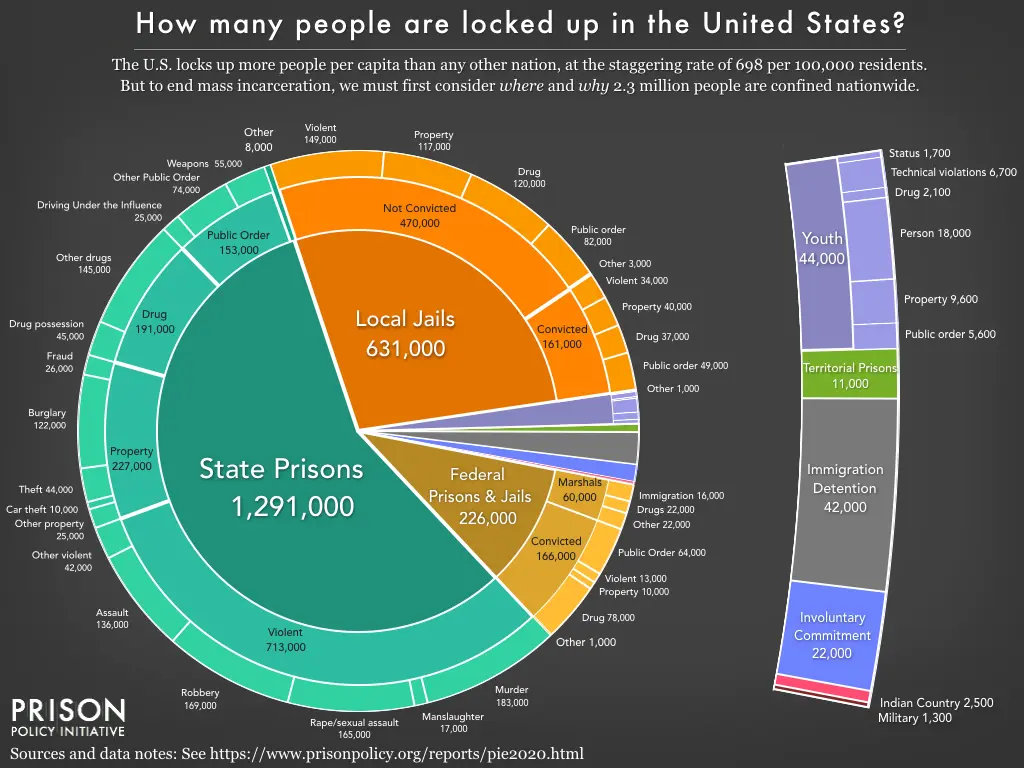
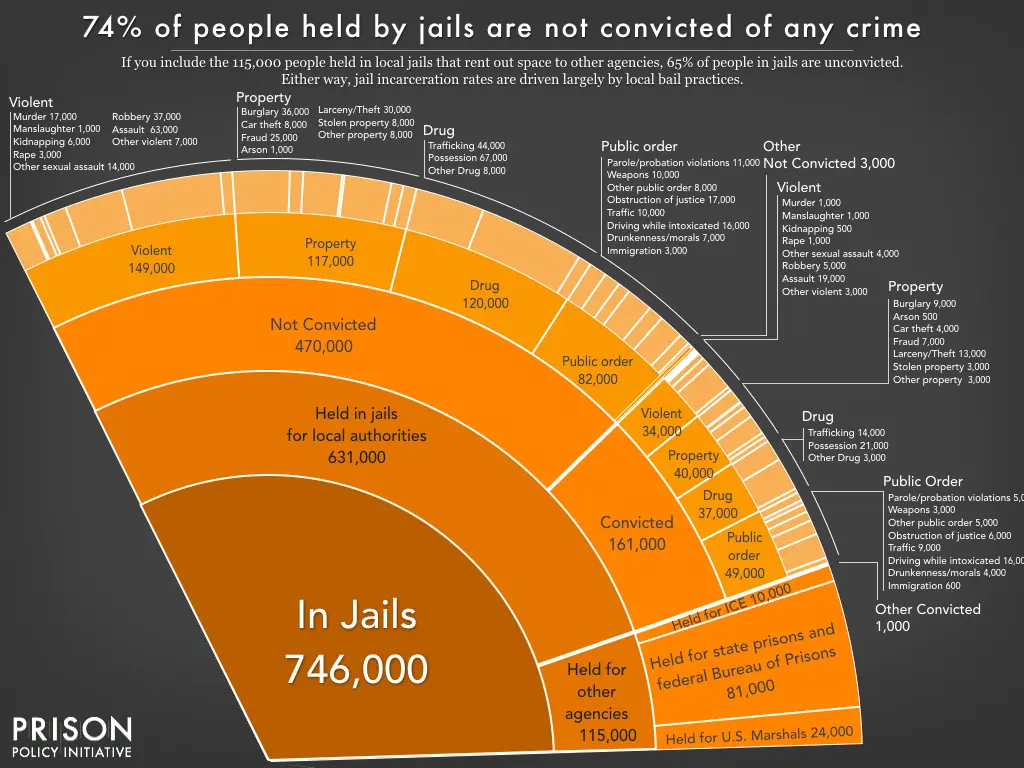
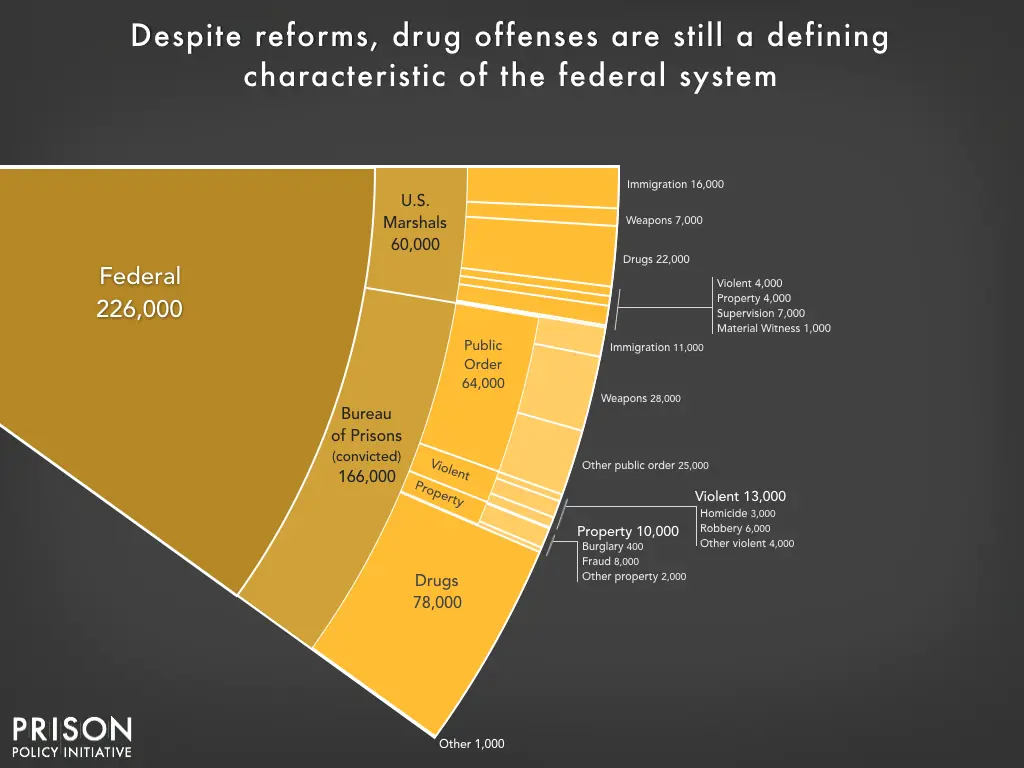
Send comments to:
 hjw2001@gmail.com
hjw2001@gmail.com
|













